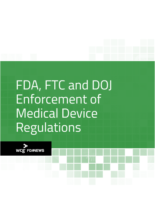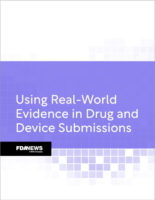
Home » EMA Proposes Decision Tree Approach to Environmental Risk Assessments
EMA Proposes Decision Tree Approach to Environmental Risk Assessments
The EMA’s Committee for Medicinal Products for Human Use released draft guideline on environmental risk assessments for human drugs — including decision trees to help sponsors decide if they need a Phase I, Phase II or customized risk assessment.
Active substances with limited environmental exposure only require Phase I assessments, the agency notes, because it can be assumed they have limited effect on the environment. Among other things, the Phase I decision tree asks sponsors if the drug’s active substance is naturally occurring, if it has a specific toxicity profile and if the applicant has access to earlier risk assessments of the substance.
The tree also helps sponsors decide if they need to conduct persistent, bioaccumulative and toxic (PBT) screening to identify intrinsic properties of the active substance that pose risks to the environment. Substances with persistent, bioaccumulative and/or toxic properties should be prevented from environmental exposure “as much as possible,” the agency says.
The guidance also includes a diagram with steps applicants should take for conducting Phase I and Phase II assessments.
Upcoming Events
-
23Apr
-
25Apr
-
07May
-
14May
-
30May

